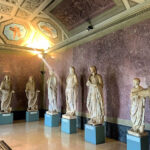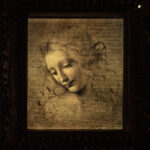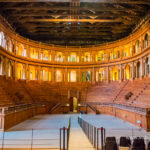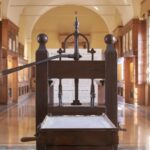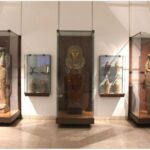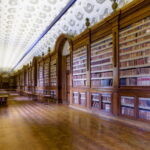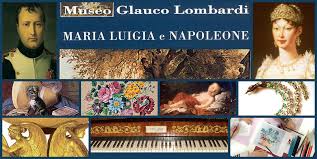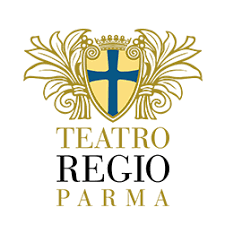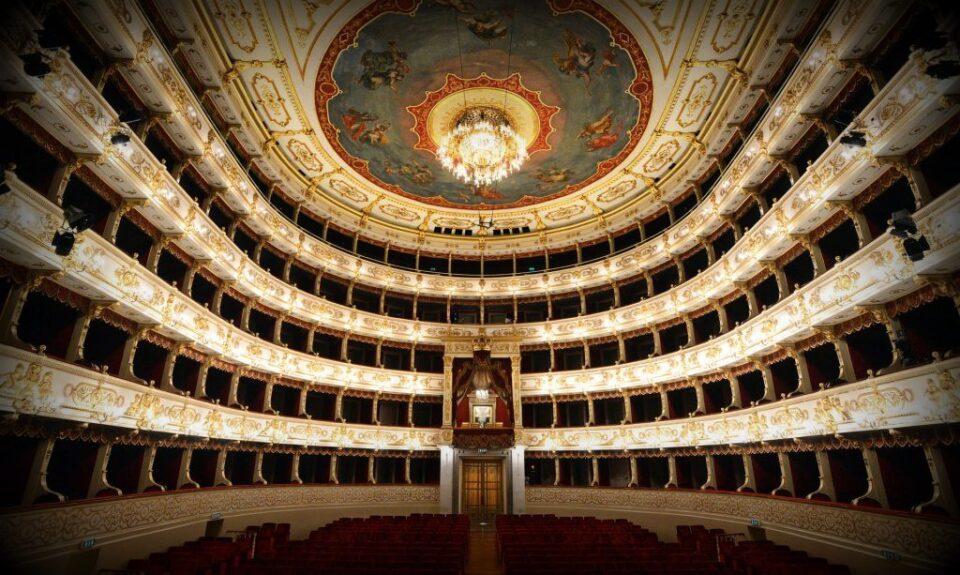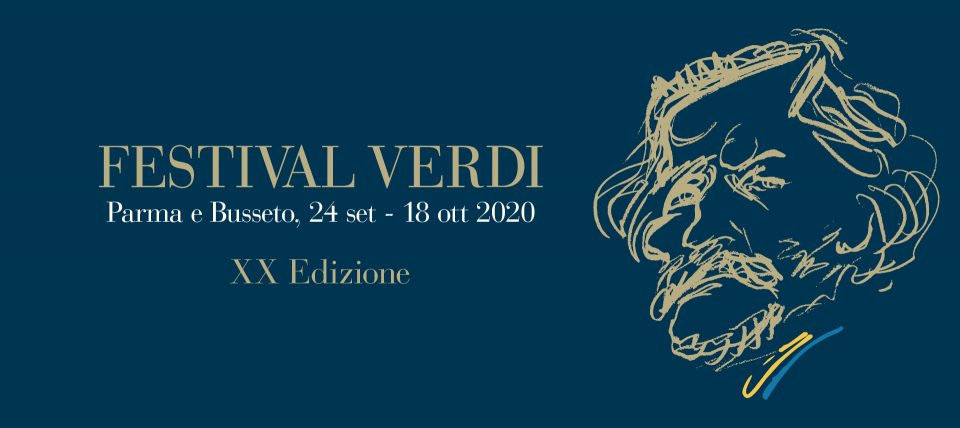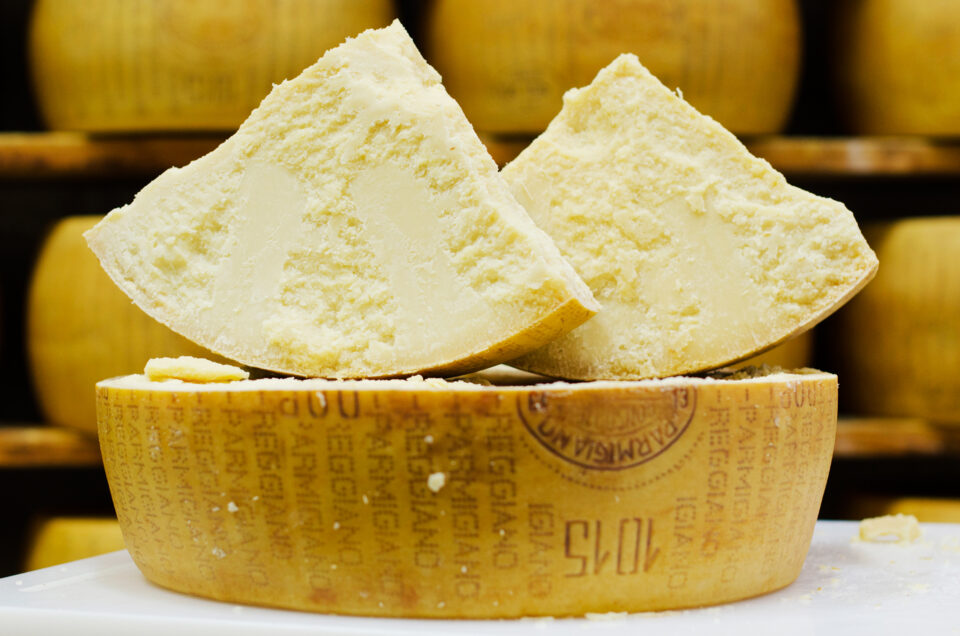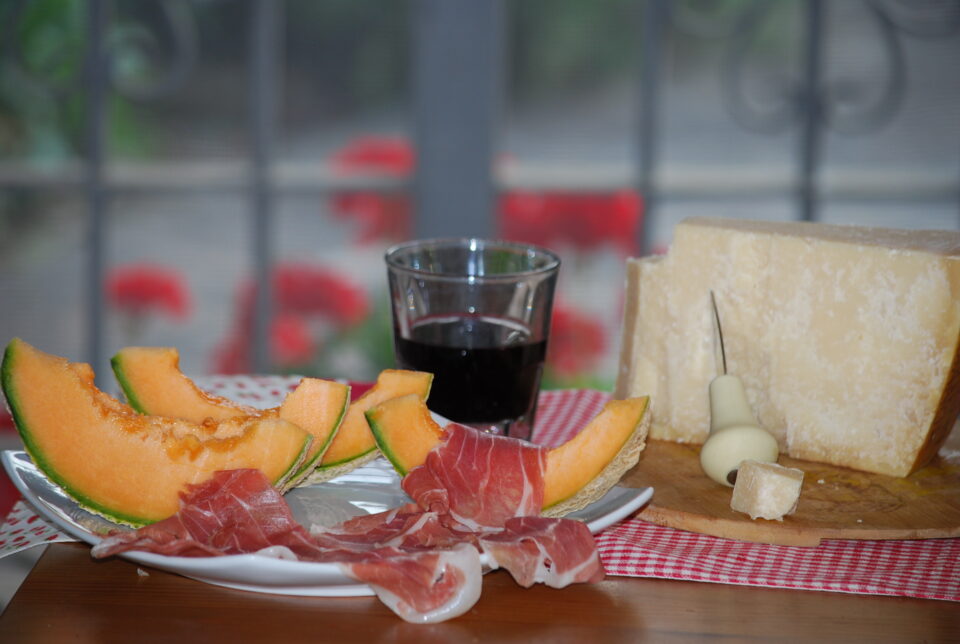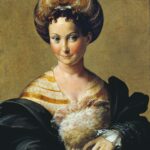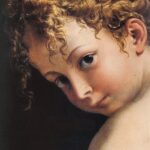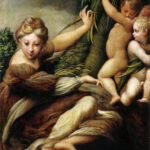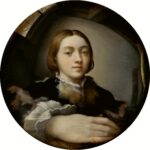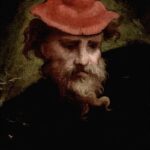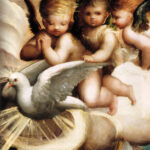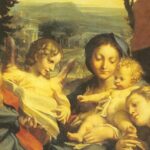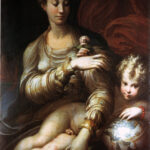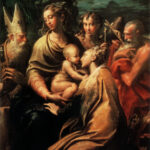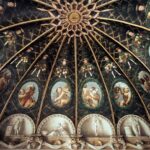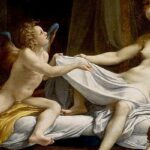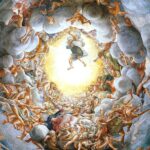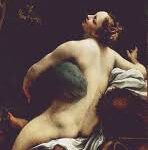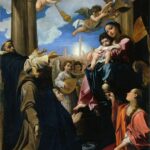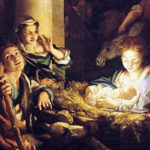
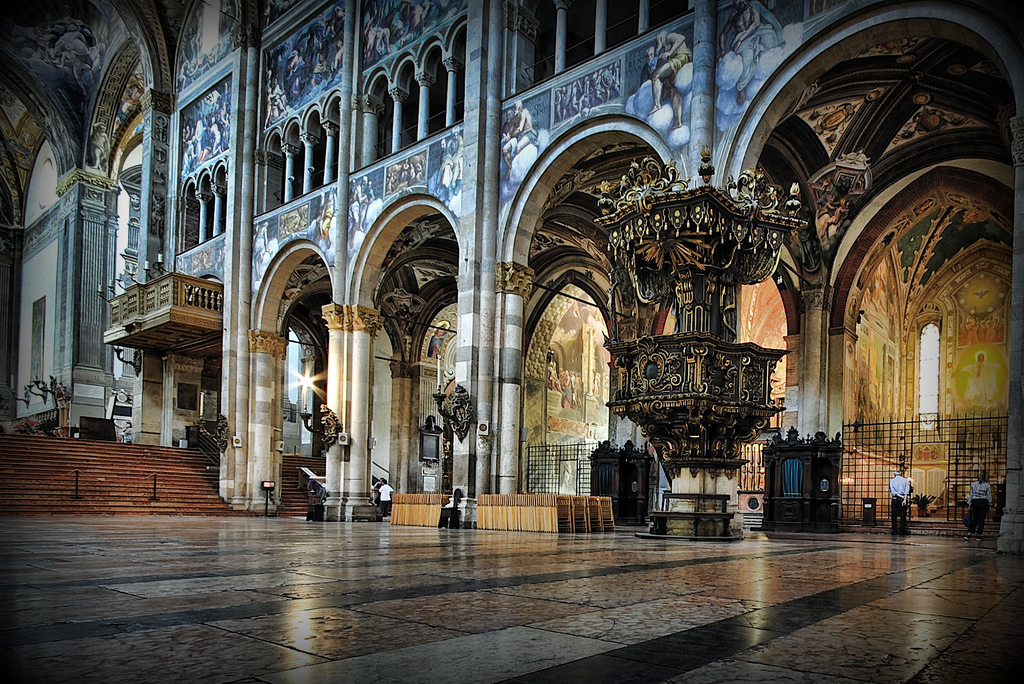
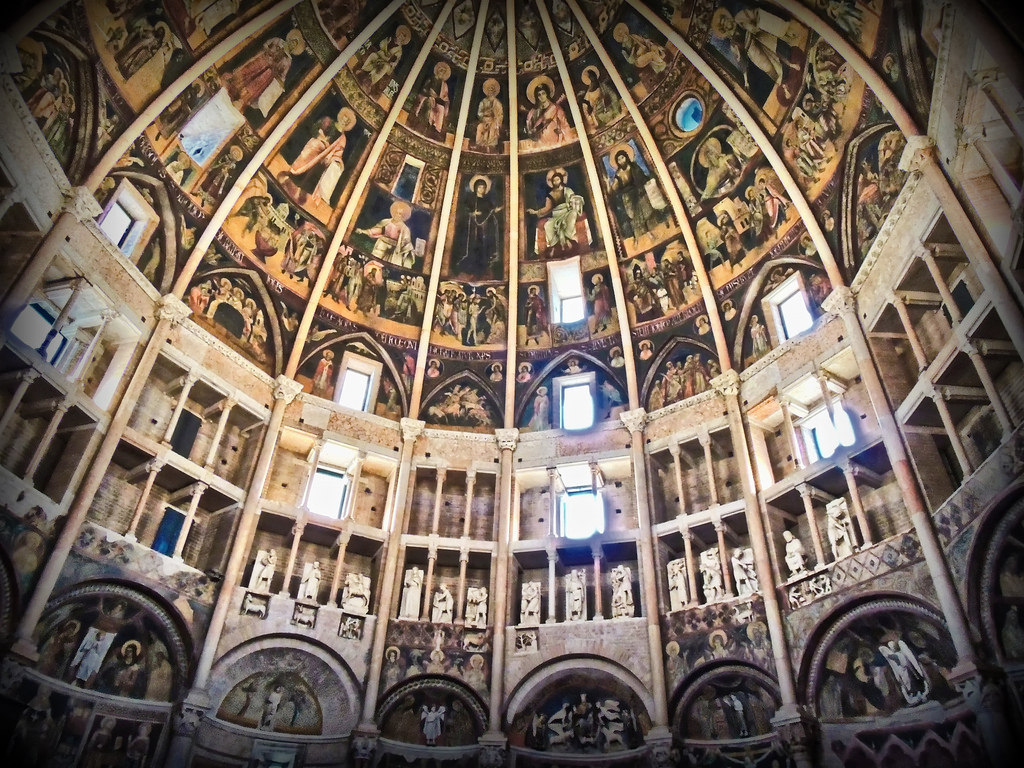
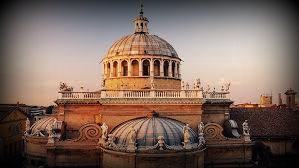
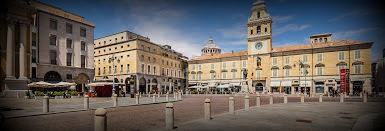

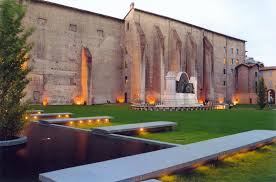
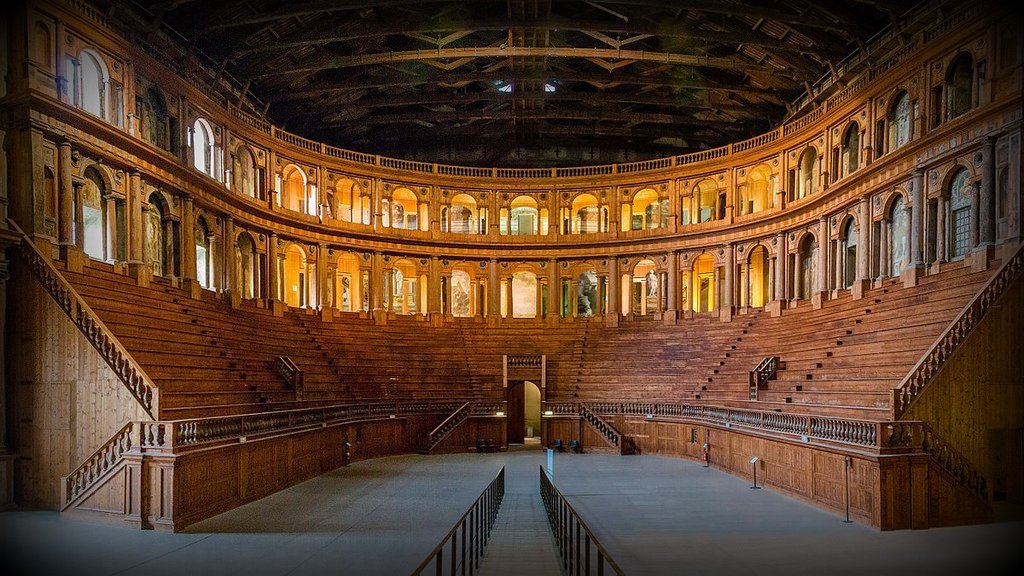
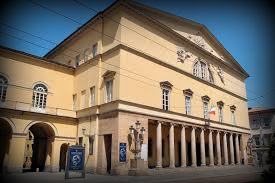
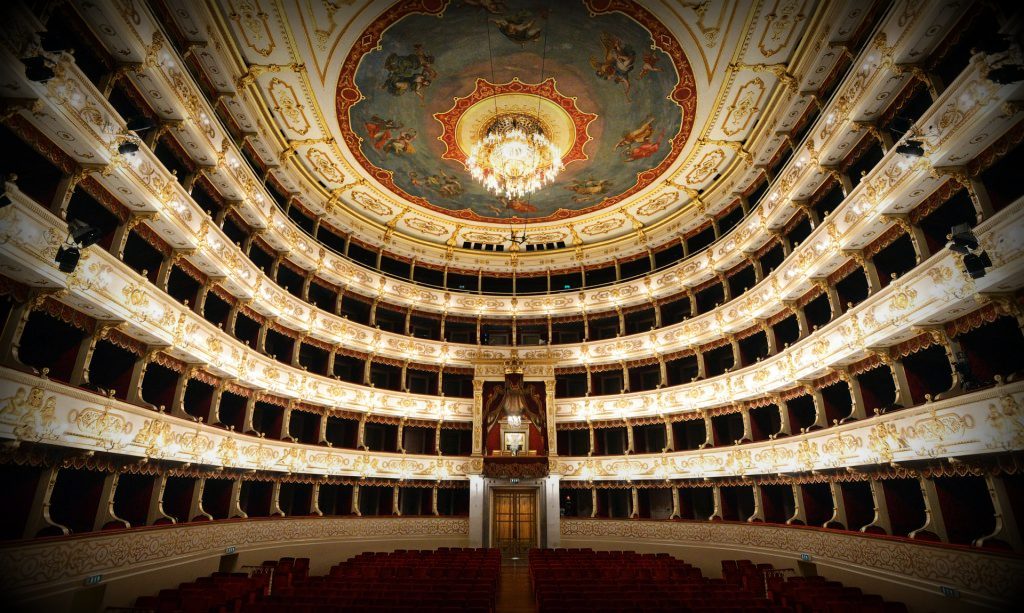
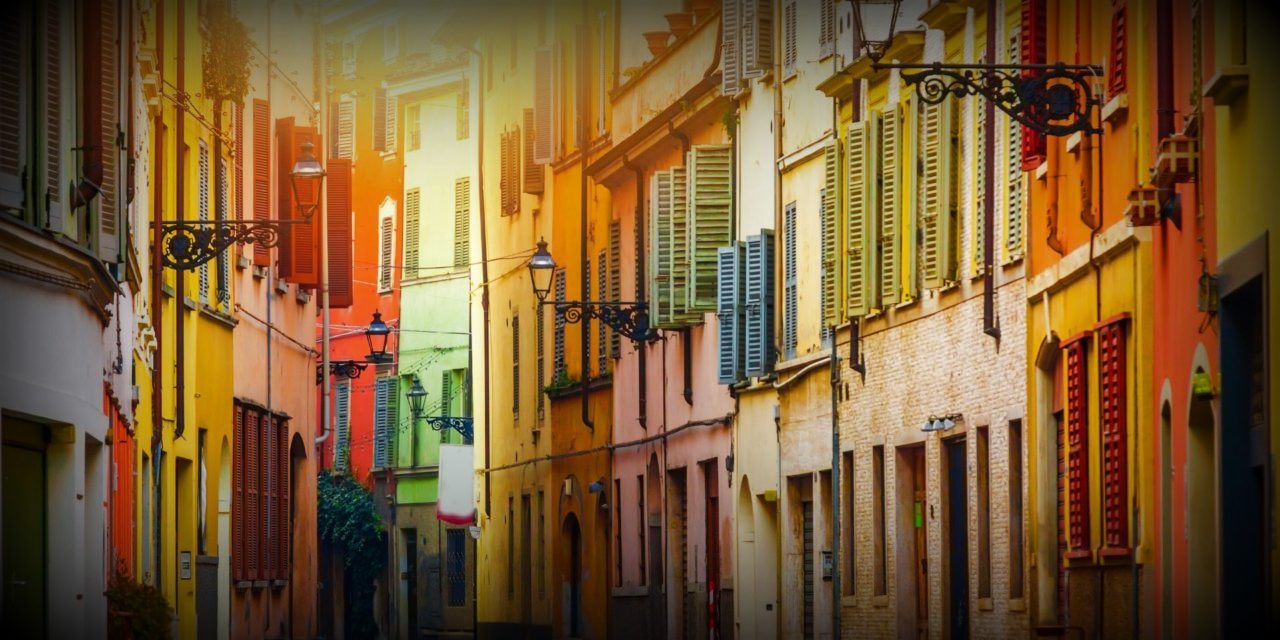
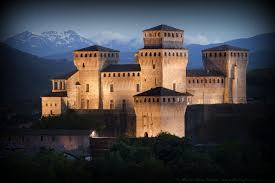
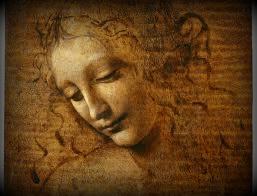
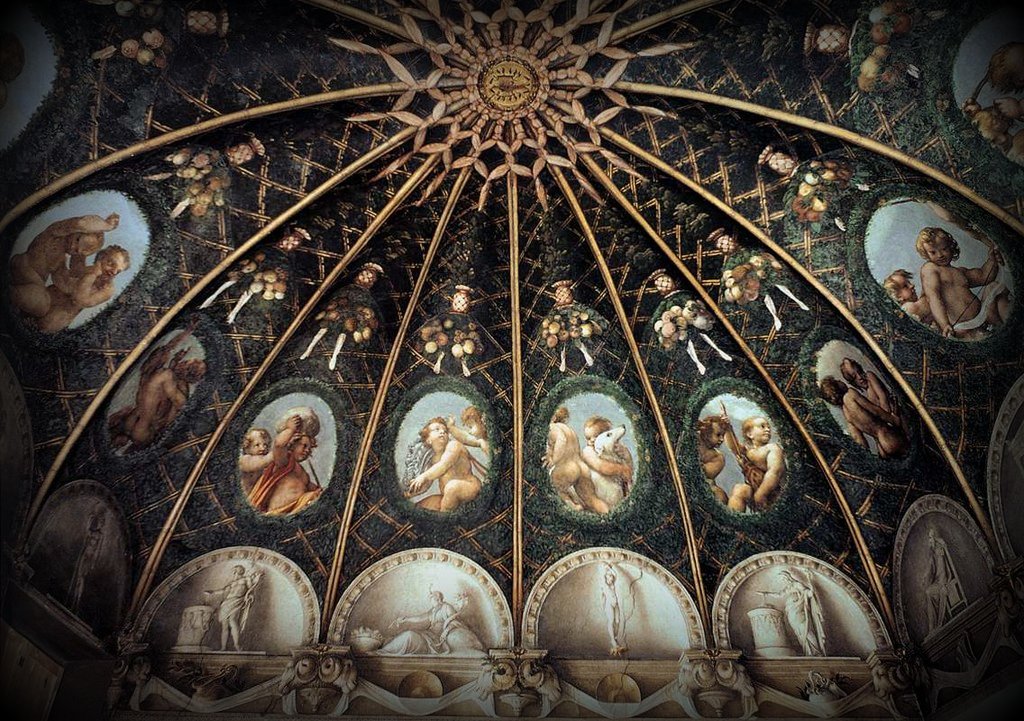

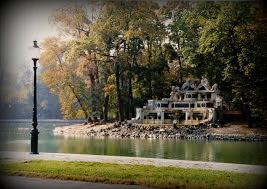
“Il the town in which I live is a real garden; I have in my hands the way to make four hundred thousand souls happy; to protect the sciences and arts; I am not ambitious and I hope to spend a large number of years here, which will all be similar but which will all be sweet and calm. “
Maria Luisa of Habsburg-Lorraine
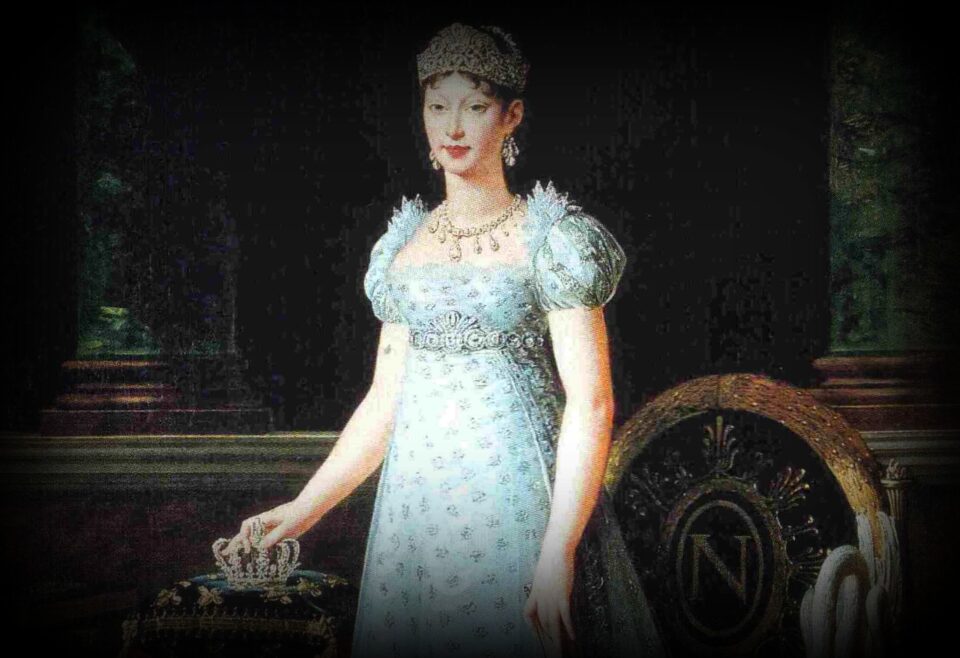
Lying between the Po Valley and the Apennines, inhabited by 195 thousand Parma residents, Parma is a municipality rich in art treasures, also known for being the city of opera music: it was in fact the birthplace of the great Arturo Toscanini, and Giuseppe Verdi there was born and lived for a long time. The city was defined by the French writer Stendhal as "land of elsewhere and happiness, and it is here that he set his Charterhouse, considered a masterpiece of nineteenth-century literature. In 2015, UNESCO recognized it with the title of "creative city for gastronomy" and as the first province in Italy in the quality agri-food sector. The homeland of the processing and production of a world-famous product, the flagship of Italian gastronomy: Parmiggiano Reggiano. The journey to discover it can begin from the Palazzo Ducale, with its splendid gardens, with the unmistakable "Parma yellow" colour. It was built in the mid-16th century by Ottavio Farnese based on a design by the architect Vignola. We will retrace the portrait of the Farnese family and Maria Luigia of Austria, wife of Napoleon, where they lived, and we will continue with the history of this important city of Roman origins, built along the axis of the Via Emilia, which experienced a certain prosperity in the Middle Ages but above all it had an extraordinary Renaissance, which culminated with the birth of the Duchy of Parma and Piacenza, when the city became a real small capital.
Room Of St. Paul
In Parma I love the scent of the lime trees, of the flowering hedges in spring, of the wisteria when the tree-lined avenues are filled with colors and change with the seasons. I am captivated by the shade of its villages in summer, by the beautiful churches that I continually see when I enter and smell the scent of incense and echoes of its ancient stories: the Duomo with the dome frescoed by Correggio, San Giovanni with its cloisters, La Steccata and the Parmigianino, the Annunziata with the cloister, Sant'Antonio in Via Repubblica with its double vaulted ceiling. I love the scent of the still warm artichoke when I pass in front of Pepèn in Vicolo Sant'Ambrogio and the aroma of fried pie that emanates from the many trattorias. The night of San Giovanni with outdoor tables in the streets and in front of the houses where you can enjoy tortelli d'erbetta and wait for the dew. I love the Oltretorrente, Piazzale Picelli, Santa Maria del Quartiere and the stream swollen with water in autumn called affectionately, but also with a bit of fear, Parma Voladora. I love going into the bookshops of Parma in search of new poetry books and perhaps meeting poets, writers, friends with whom I can then chat over a glass of wine in some tavern that is still open.” Luca Ariano (1978),
